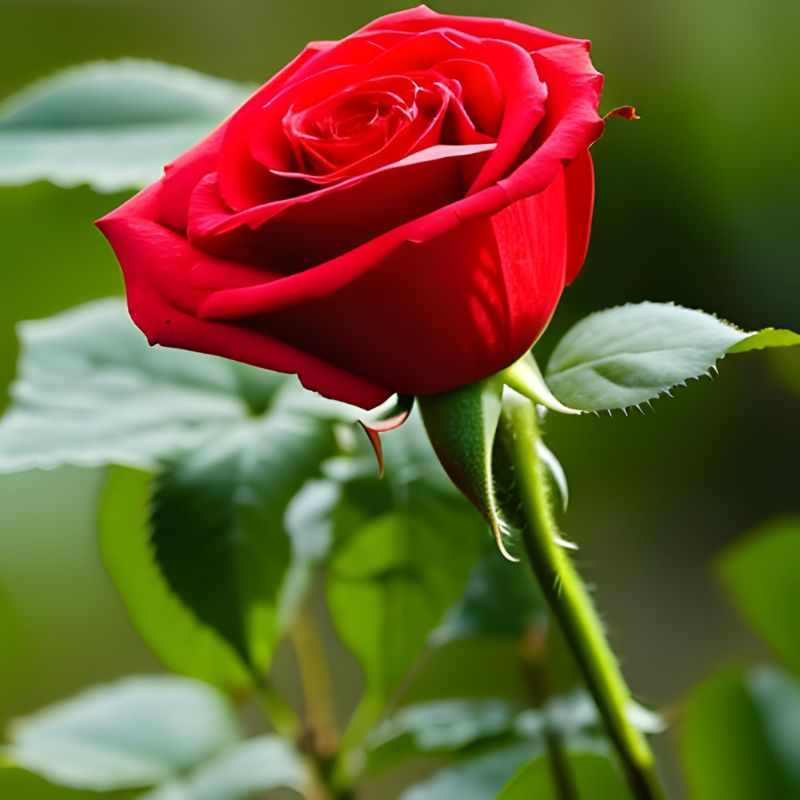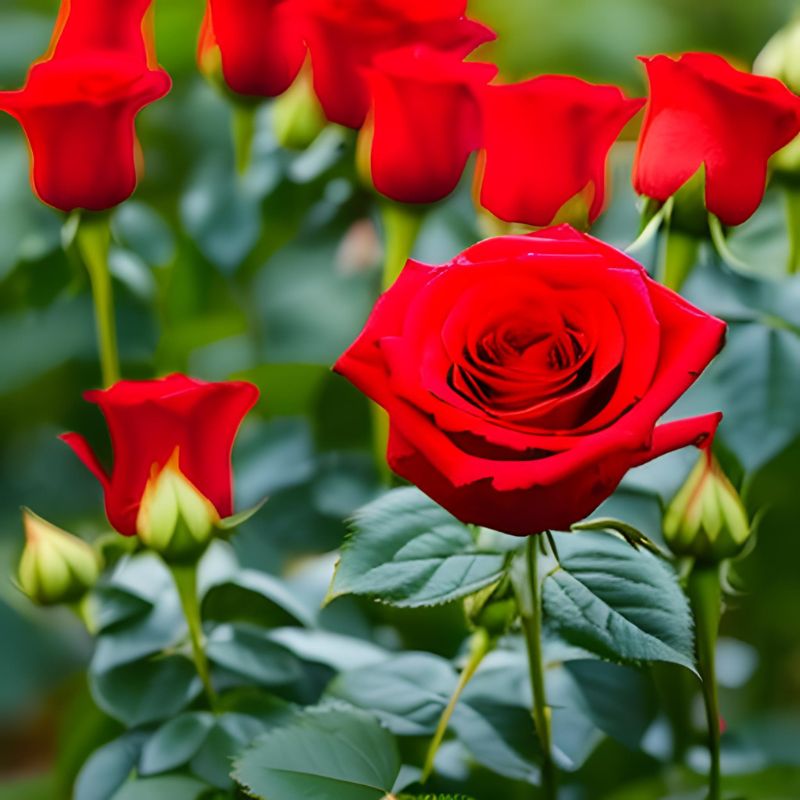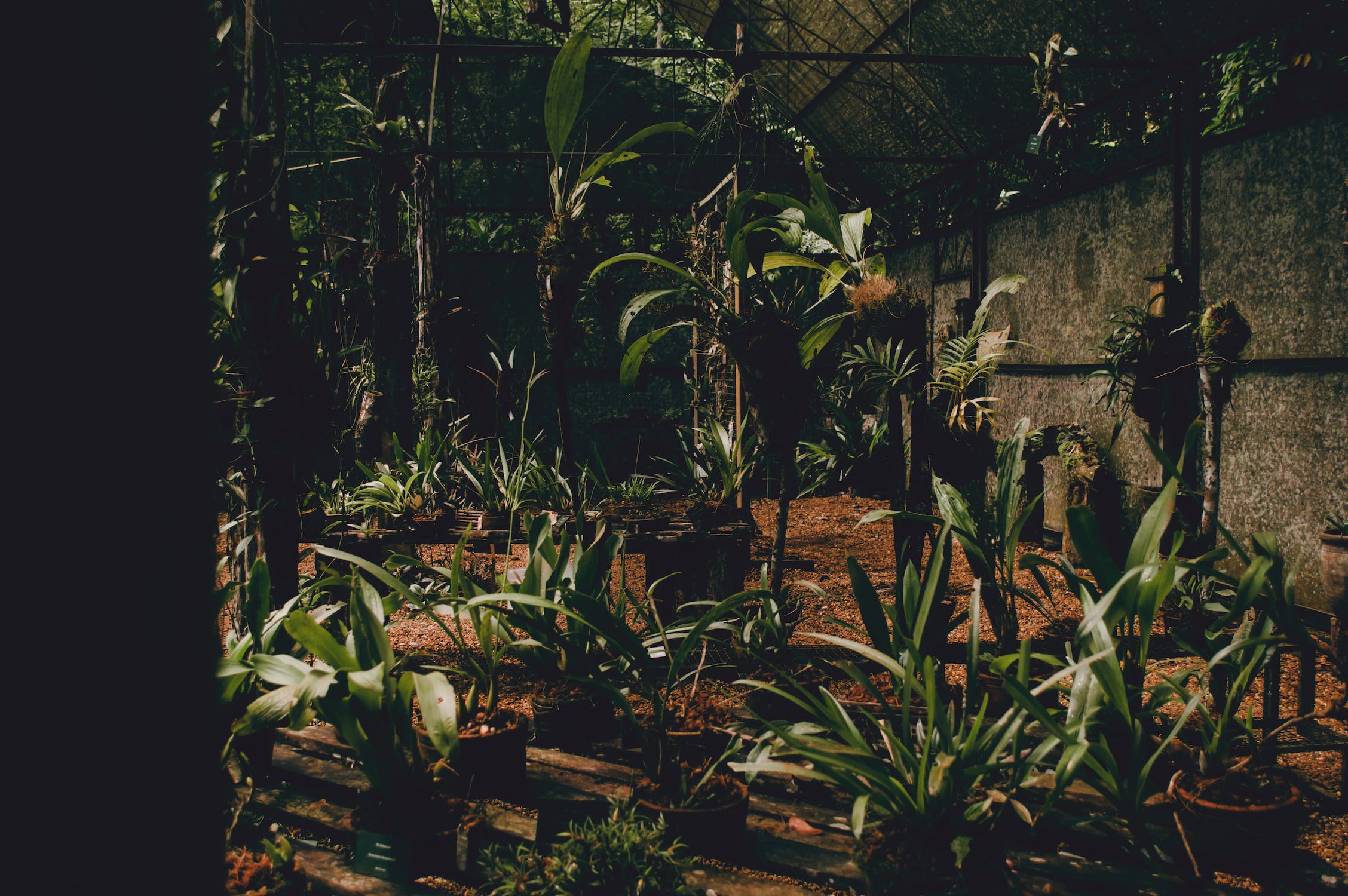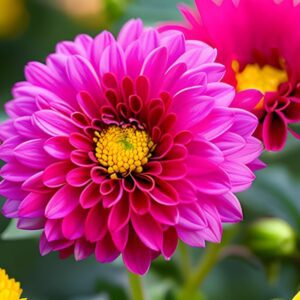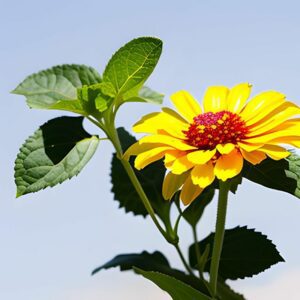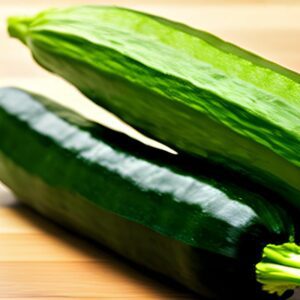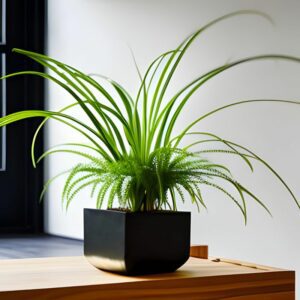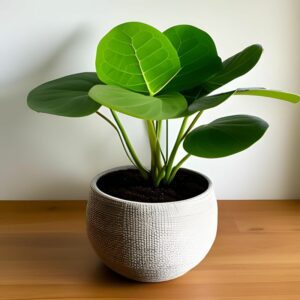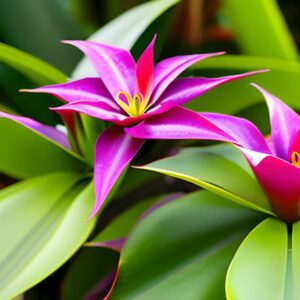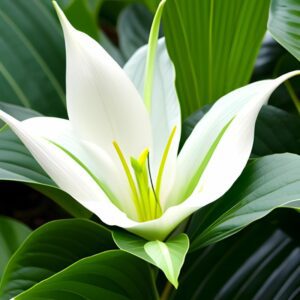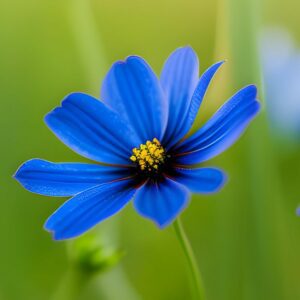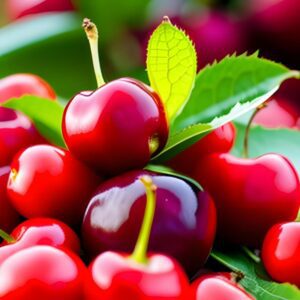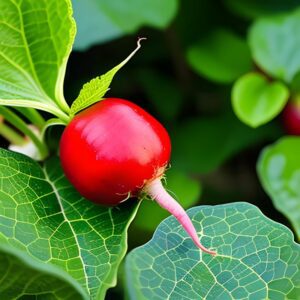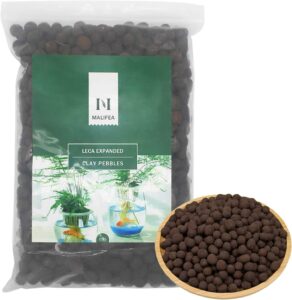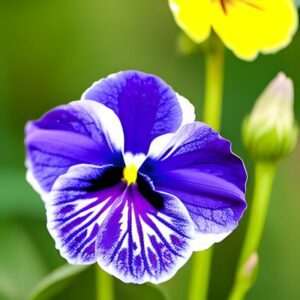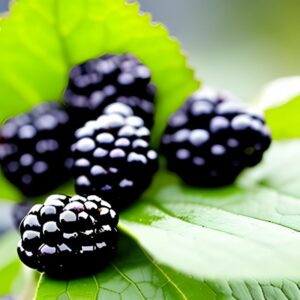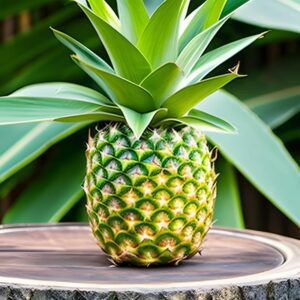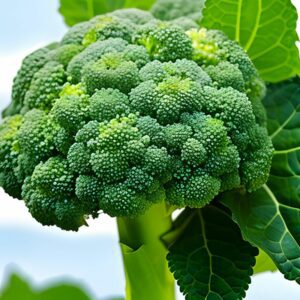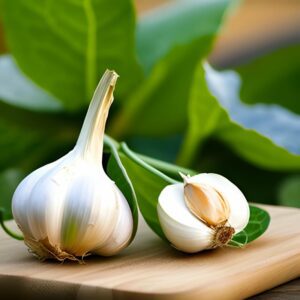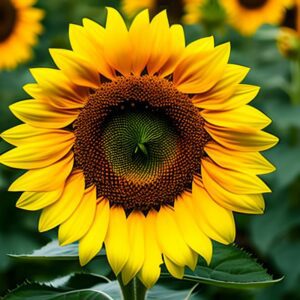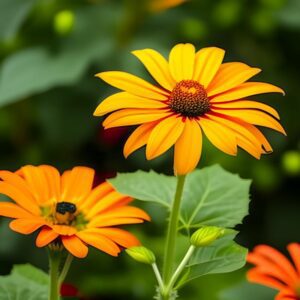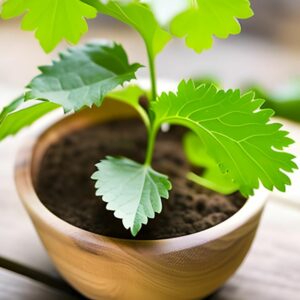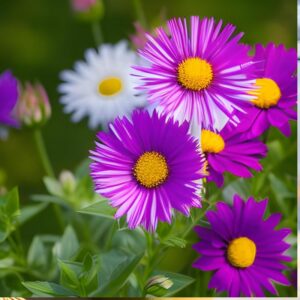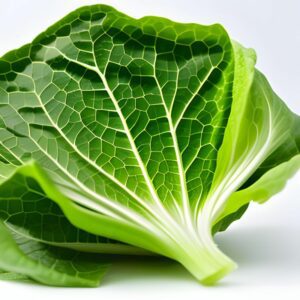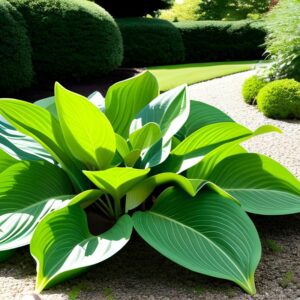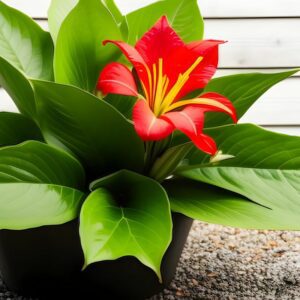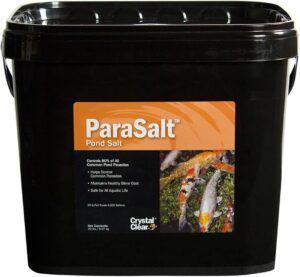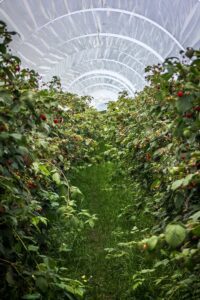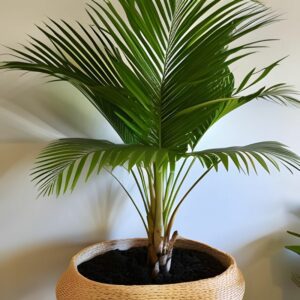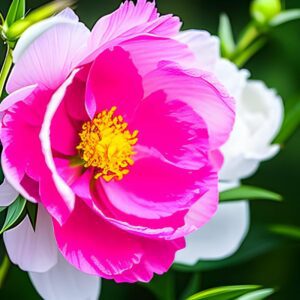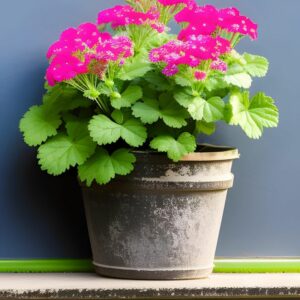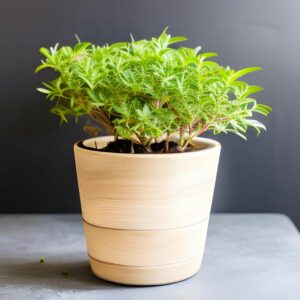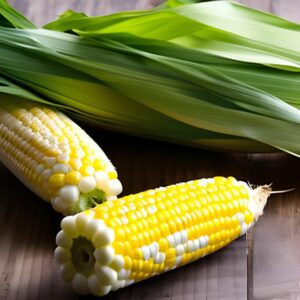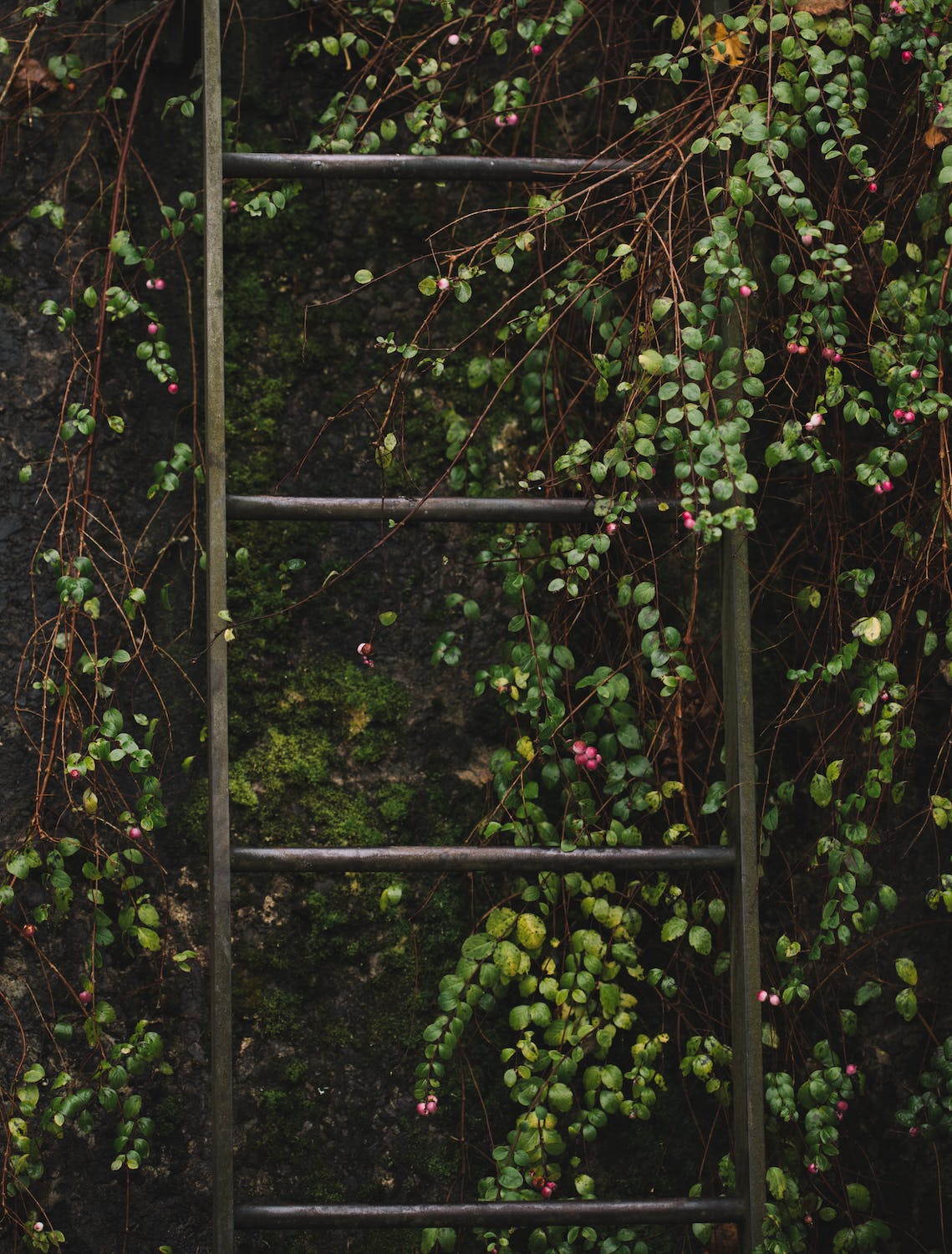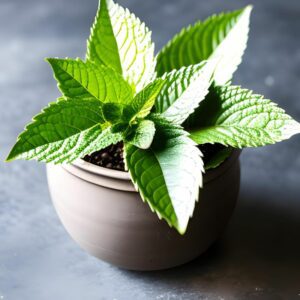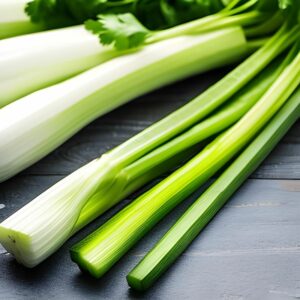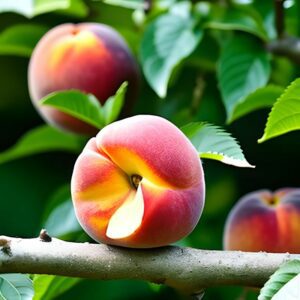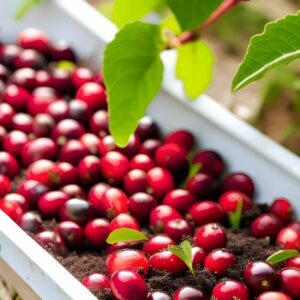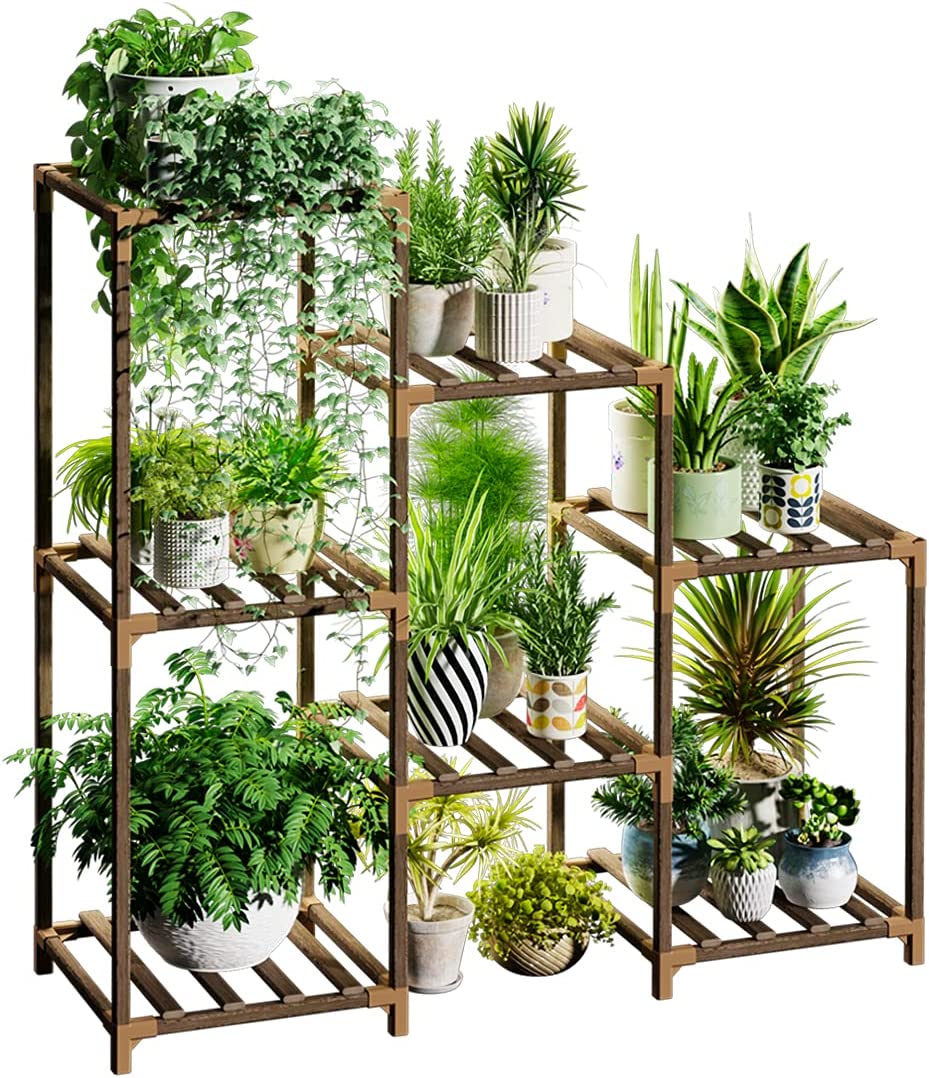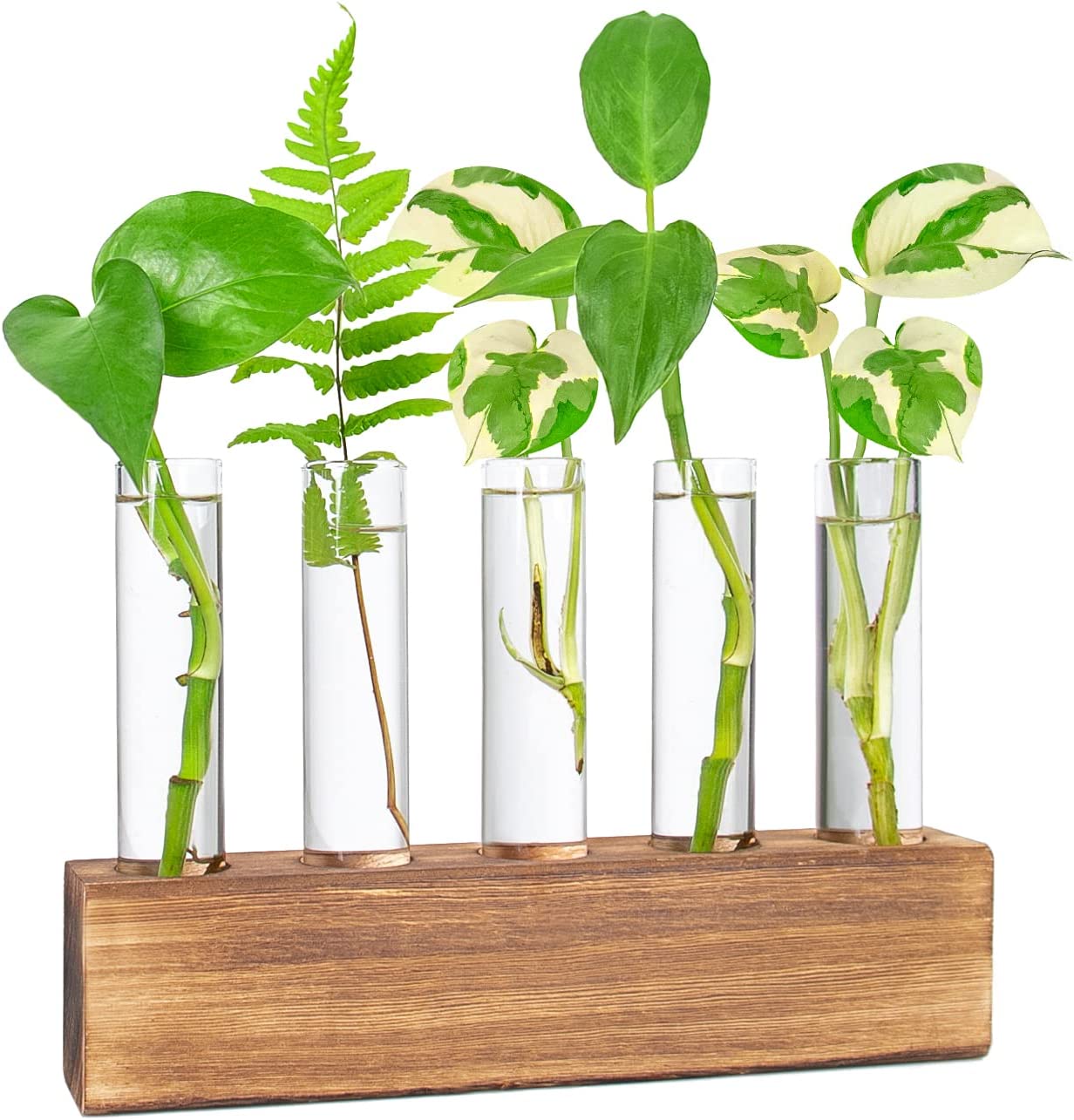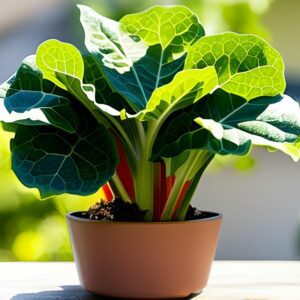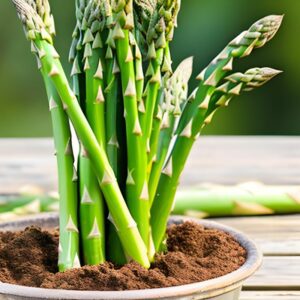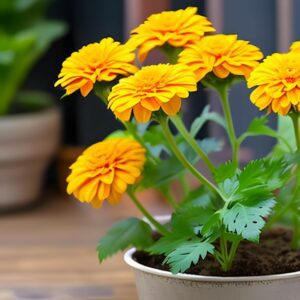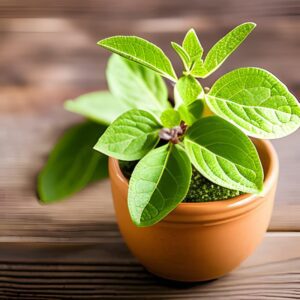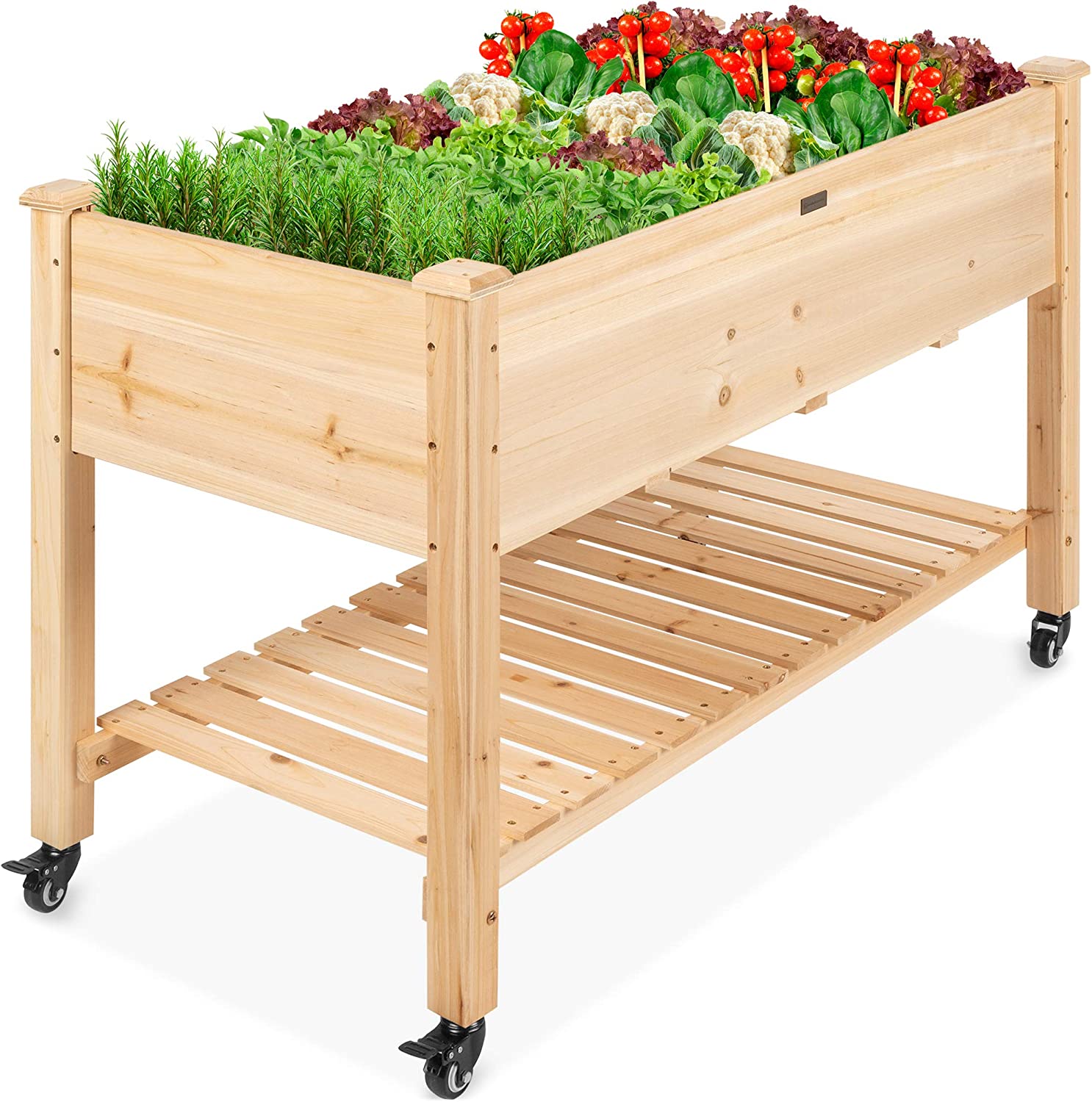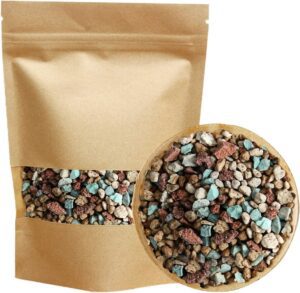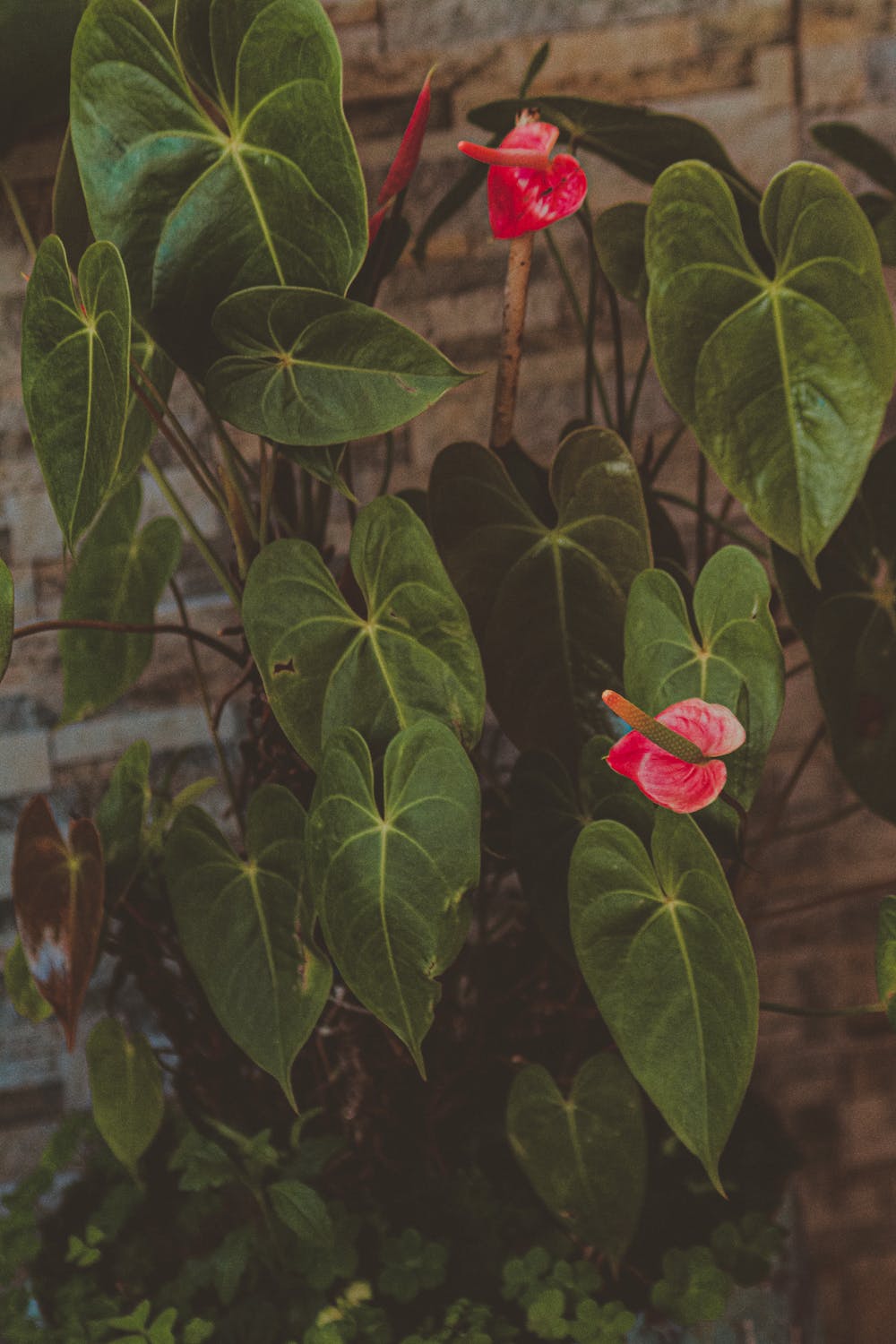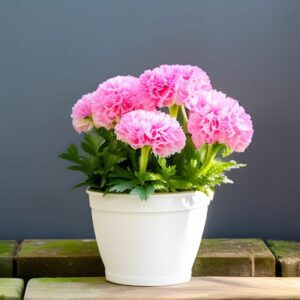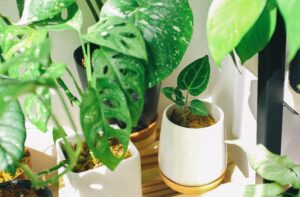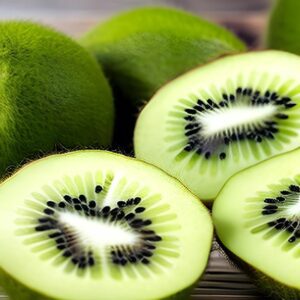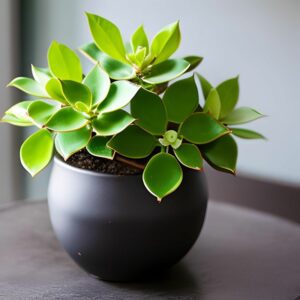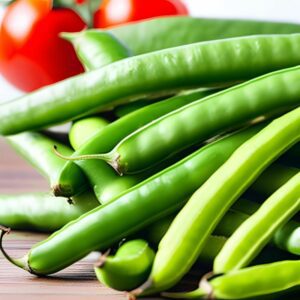Rose
Flowers
- Varies
- Challenging
- 1-2 Years
Introduction
Roses are timeless and beloved flowers that are renowned for their beauty, fragrance, and symbolism. Native to various parts of the world, roses have been cultivated for centuries and come in a wide range of colors, shapes, and sizes.
Plant Characteristics
Roses are woody perennial shrubs with thorny stems and attractive foliage. They produce stunning flowers in various forms, such as single, double, or clustered blooms. The flowers can be large or small, with a wide color palette including red, pink, white, yellow, and more.
Ideal Growing Conditions
Roses thrive in full sun, requiring at least 6-8 hours of direct sunlight each day. They prefer well-draining soil with a slightly acidic to neutral pH (around 6.0-7.0). Good air circulation is important to prevent disease, so avoid planting roses in crowded areas. Regular watering, proper pruning, and adequate fertilization are essential for optimal growth and blooming.
Planting Guide
Select a suitable location in your garden with ample sunlight. Prepare the planting area by loosening the soil and incorporating organic matter. Dig a hole that is wide and deep enough to accommodate the rose’s root ball. Gently remove the rose plant from its container and place it in the hole, ensuring the bud union (swollen area where the rose is grafted onto the rootstock) is at or slightly above ground level. Backfill the hole with soil, firming it gently around the roots. Water the plant thoroughly after planting to settle the soil.
Watering and Fertilizing
Roses require regular watering, especially during dry spells. Water deeply at the base of the plant, ensuring the soil is evenly moist but not waterlogged. Avoid overhead watering, as it can promote fungal diseases. Fertilize roses with a balanced rose fertilizer according to the package instructions. Apply fertilizer in early spring, after the last frost, and periodically throughout the growing season to support healthy growth and abundant blooms.
Pruning and Maintenance
Prune in late winter or early spring to remove dead, damaged, or diseased wood, as well as to shape and encourage new growth. Regularly remove spent flowers by cutting just above a leaf set with five leaflets, known as an outward-facing bud. This practice, called deadheading, promotes continuous blooming.
Harvesting or Flowering
Roses typically bloom during specific periods depending on the variety and climate. Some roses bloom once a year, while others can have multiple flushes throughout the growing season. The exact flowering period varies, but roses generally produce their most abundant blooms in spring and summer.
Post-Harvest Care
After the flowers fade, rose plants focus on producing new growth and setting buds for the next flowering season. Continue regular watering, fertilizing, and monitoring for pests and diseases. To encourage healthy growth, remove any fallen leaves or debris from around the base of the plant to prevent fungal diseases. Apply a layer of organic mulch around the base of the rose to conserve moisture, suppress weeds, and regulate soil temperature.
Troubleshooting
Roses can face several common issues, including pests like aphids, blackspot, powdery mildew, or rose rust. Regularly inspect the plants for any signs of pests or diseases, such as distorted leaves, discoloration, or unusual growth.
Fun Facts
Roses have been cultivated for over 5,000 years and hold deep cultural and symbolic meanings. They have been associated with love, beauty, and passion throughout history. There are thousands of rose varieties available, each with its own unique characteristics, including different colors, fragrances, and growth habits.
